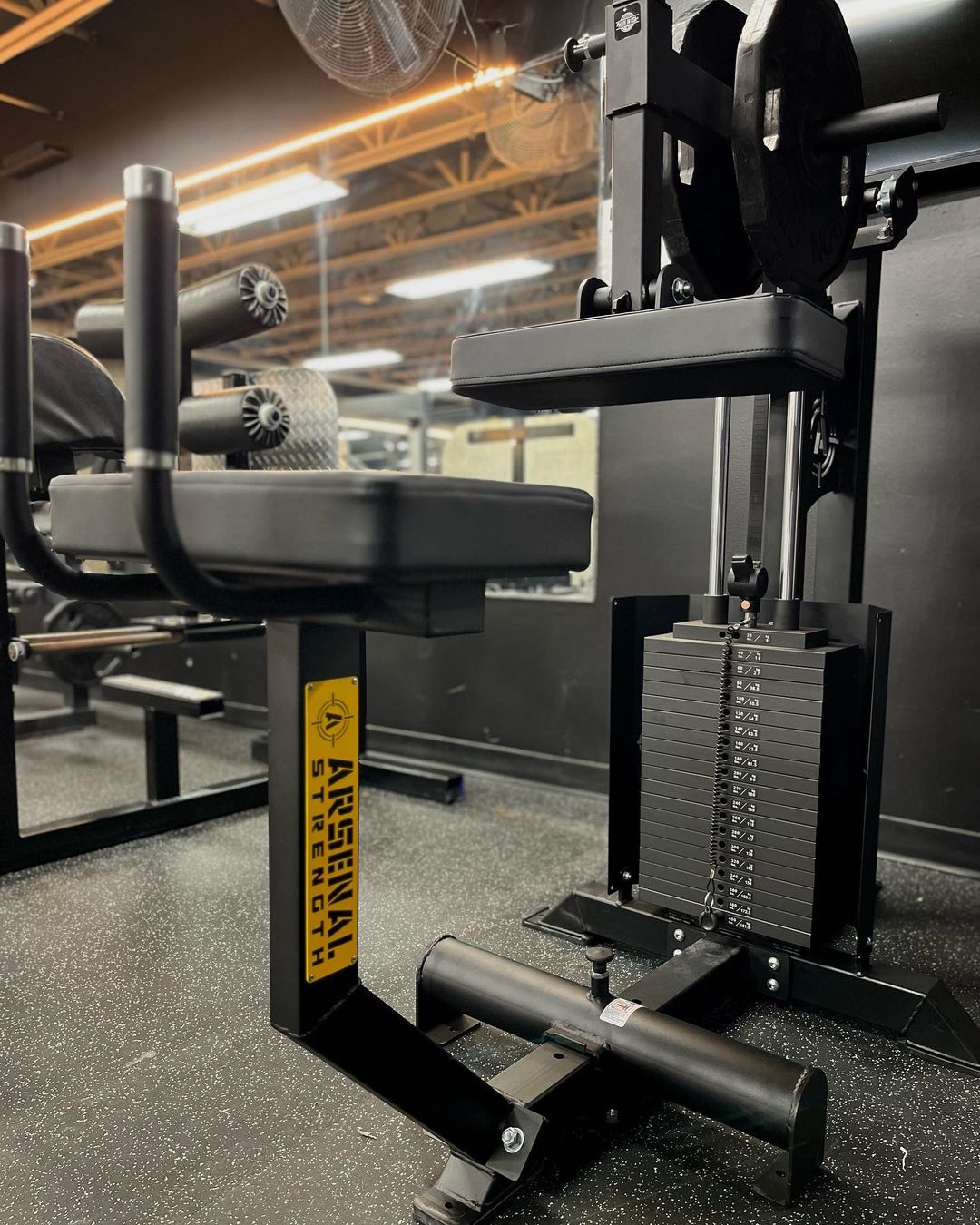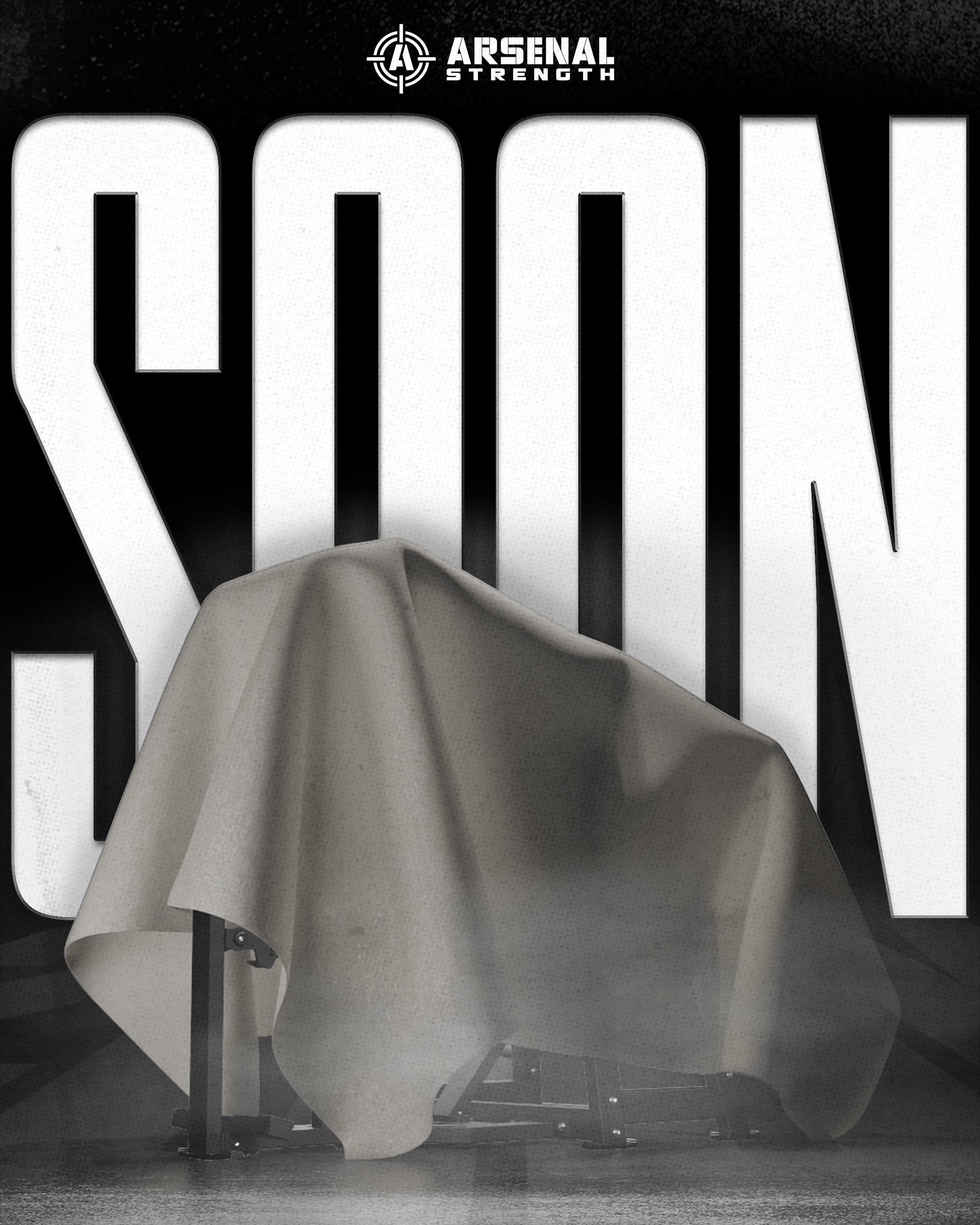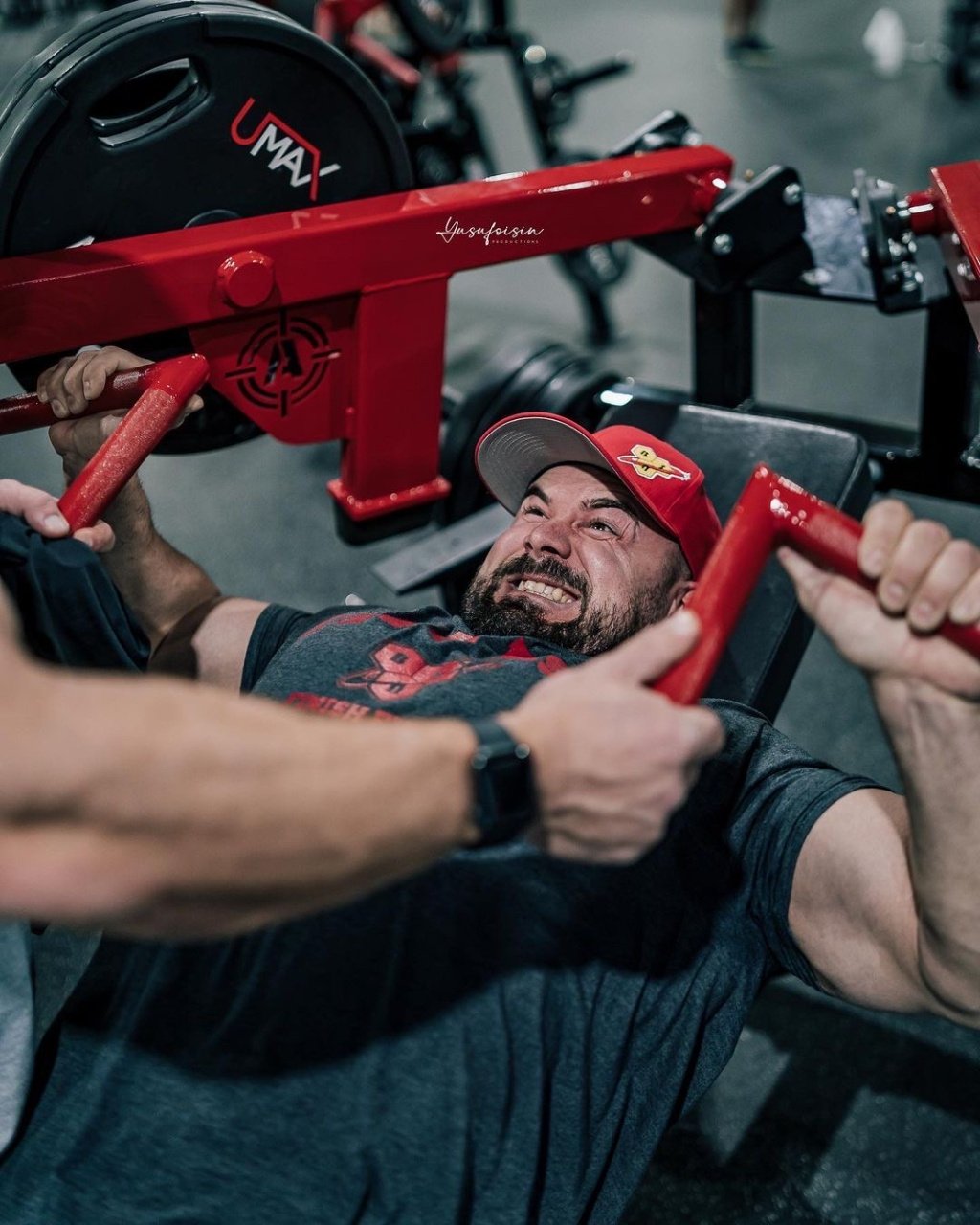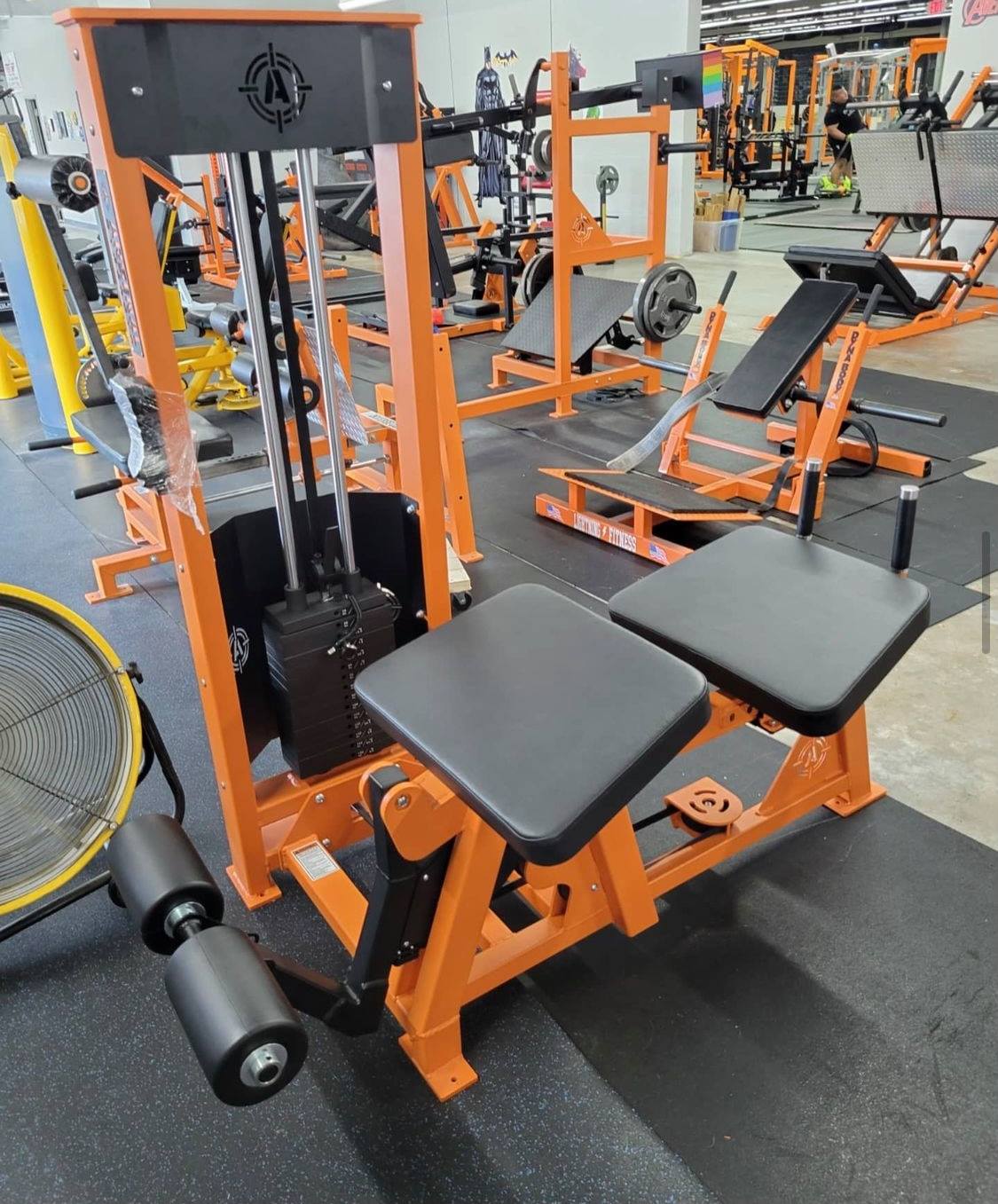Top10 Proven Calf Raise Variations for Stronger, Sculpted Calves
Looking for a way to boost your calf training? Calf raise variations are essential for both beginners and veterans seeking to enhance lower leg strength and muscle definition. This article cuts straight to the chase, presenting you with 10 proven variations designed to target your calves more effectively. Expect no fluff, just a straightforward exploration of exercises that will add depth and power to your routine.
- Your calves have two primary muscles that are essential for running, jumping, and stability, so calf raises aren’t just for looks—they’re key for daily movement.
- Mix it up with various calf raise exercises like standing, seated, and leg press variations to target different parts of the muscle and enhance your calf strength and balance.
- Good form is crucial to prevent injury and effectively work your calf muscles—avoid common mistakes like rushing through the movement and ensure a full muscle contraction.
Understanding Calf Muscles and Their Functions
Our calf houses two primary muscles, the gastrocnemius and the soleus, both integral to our daily movements. The gastrocnemius muscle, originating from the femur, acts as a main plantar flexor of the ankle joint, knee flexor, and a critical player in walking, running, and jumping. Originating from the fibula and tibia, the soleus muscle is more active during endurance activities like walking, significantly contributing to ankle stability.
Together, these muscles insert into the posterior surface of the calcaneus via the Achilles tendon, allowing them to act as powerful plantar flexors. While the gastrocnemius primarily helps with toe-pointing and knee flexing, the soleus also aids in toe-pointing and assists with venous return, contributing significantly to the muscle force of the triceps surae. So, it’s clear that calf raise exercises, which target these muscles, are crucial for overall calf strength and development.
Top 10 Calf Raise Variations
Calf raise variations are essential for your lower leg strength, ankle stability, balance, and range of motion. These exercises not only amplify the variety in your workout routine but also offer a targeted approach to muscle growth.
Here are the top 10 calf raise variations that will sculpt your calves to perfection.
Double-Leg Standing Calf Raise
The double-leg standing calf raise is the foundation for calf training, aiming to increase overall calf muscle strength and power. This exercise is particularly beneficial for activities that require explosive power from the legs, such as running and jumping.
To perform this exercise:
- Stand with your feet hip-width apart
- Press down into the balls of both feet to raise your body upward
- Keep your abdominal muscles pulled in so that you move straight upward
- Make sure your body doesn’t sway forward or backward
- Lower down with control
Despite its simplicity, this variation is incredibly effective in building calf strength.
Single-Leg Standing Calf Raise
The single-leg standing calf raise, as the name suggests, is performed on one leg. While primarily targeting the gastrocnemius muscle, this exercise also isolates the soleus muscle when performed with a dumbbell.
Especially beneficial for runners, this variation strengthens both the lower leg and the ankle, two areas crucial for maintaining good balance. The intensity of the single-leg calf raise can be increased by holding weights, providing a similar effect to the regular exercise but with an added challenge.
Seated Calf Raise
The seated calf raise is a gem for isolating and developing the soleus muscle, which is less targeted in other calf exercises. This exercise is a boon for individuals who struggle with balance as it eliminates the need to maintain stability, unlike in standing calf raise variations.
Unlike standing calf raises, which engage a broader range of lower leg muscles, the seated calf raise ensures a more concentrated effort on the soleus muscle, a key muscle for overall calf development. So, if you’re looking to give some extra love to your soleus, make sure to include the seated calf raise in your workout routine.
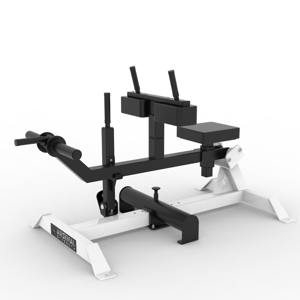
Farmer's Walk on Toes
The Farmer’s Walk on Toes is your ticket to not only improving your calf muscles but also enhancing:
- static/grip strength
- core strength
- stability
- building the posterior chain muscles
If you’re a beginner, start with a light or moderate resistance load, plan a set distance, and once warmed up, increase resistance without compromising your ability to maintain the set distance.
For this exercise, hold a pair of dumbbells at your sides and lift your heels off the ground to stand on your toes. Then, walk forward while remaining on your toes. It’s a challenging exercise, but the rewards are worth the effort!
Bent-Knee Calf Raise
The bent-knee calf raise is a variation of calf raises that targets the calf muscles in a slightly different way compared to straight-leg variations. This exercise activates different muscle fibers, which may not be as engaged in other calf raise variations.
Bent-knee calf raises contribute to a more comprehensive development of the calf muscles. So, if you’re looking to switch up your training and ensure that you’re hitting all the muscle fibers in your calves, don’t skip out on the bent-knee calf raise.
Raised Surface Calf Raise
The raised calf raise is a dynamic twist on the standard calf raise. Performing standing calf raises on a raised surface, like a step or stair, allows the heels to drop lower than the toes, which increases the exercise’s range of motion.
The increased range of motion from this exercise allows for a deeper stretch of the calf muscles, resulting in a more intense contraction during the exercise’s upward phase. So, if you’re looking for a calf raise variation that will give you a deeper stretch and a more intense contraction, the raised surface calf raise is definitely worth a try.
Smith Machine Calf Raise
The Smith Machine Calf Raise adds an extra layer of intensity to your calf workout. For this exercise, follow these steps:
- Position two weight plates on the floor to elevate your forefoot.
- Ensure your knees have a slight bend.
- Hinge forward slightly by sticking your butt out.
This variation requires less balance and stabilization compared to free-weight standing calf raises. The stability of the Smith Machine allows you to focus purely on the calf muscles, making it a great addition to your lower body workout routine.
Leg Press Calf Raise
The Leg Press Calf Raise adds a pressing movement against weight resistance to target the calf muscles. For this exercise, you’ll need a leg press machine to provide the necessary resistance for the calves.
Start by placing the balls of the feet on the lower portion of the leg press platform with heels extended off. Then, press the weight up using only the calf muscles, keeping the core engaged and not locking the knees.
This calf raise variation enhances the strength and size of the calf muscles, leading to improved performance in activities that require leg push-off power.
Banded Resistance Calf Flexion
Banded Resistance Calf Flexion adds a unique challenge to your calf workout. This exercise strengthens the calf muscles by actively pushing against the band’s resistance. The resistance bands are wrapped around the forefoot, and you perform calf flexions by actively pushing against the band’s resistance.
After each flexion, hold the position for a few seconds to maximize the engagement of the calf muscles before stretching. Adding this exercise to your routine can bring variety to your calf workouts and intensify the training.
Squat Heel Raise
Last but not least, the Squat Heel Raise is a hybrid movement that incorporates the elements of a standard squat with an added heel raise at the movement’s peak. This exercise not only improves balance by engaging the stabilizing muscles but also targets both the lower body and the calves for a compound workout, activating the core muscles to maintain posture during the movement.
To perform a Squat Heel Raise:
- Begin by standing with feet shoulder-width apart.
- Descend into a squat.
- Maintain the squat position.
- Lift the heels off the ground, balancing on the balls of the feet.
It’s a challenging movement that offers a whole lot of benefits, making it a must-add to your calf workout routine.
Customizing Calf Raise Workouts for Different Goals
Regardless of your aim - muscle growth or endurance, calf raises can be adapted to meet your goals. For muscle growth, performing exercises slowly and with control promotes muscle hypertrophy, and this can be further enhanced by progressively increasing weight loads over time. Regularly performing a variety of calf raise exercises two to three times a week can lead to effective results, with workouts being customized to individual fitness levels to prevent injury.
Some calf raise exercises you can try include:
- Standing calf raises
- Seated calf raises
- Single-leg calf raises
- Donkey calf raises
- Calf raises on a leg press machine
Remember to start with lighter weights and gradually increase the load as your strength improves. And always listen to your body and stop if you feel any pain or discomfort.
To improve endurance, exercises such as bent-knee calf raises target the soleus muscle and hopping exercises enhance both strength and endurance, vital for activities similar to running. Customizing foot position during calf raises, such as toe inwards or outwards, targets different muscles within the calves and enhances the muscle sculpting effect. Hence, with a few tweaks and adjustments, calf raises can be effectively tailored to help you reach your specific fitness goals.
Proper Form and Technique for Calf Raises
Proper form and technique in executing calf raises are key in preventing injuries and activating muscles. Here are the steps to perform standing calf raises correctly:
- Start with feet shoulder-width apart, toes pointing forward, back straight, shoulders back and down, and abs engaged.
- Elevate the heels slowly while keeping the knees extended but not locked, implementing a 1-2-1 tempo.
- Pause briefly at the tip-toe position.
Following these steps will help you perform calf raises safely and effectively.
Maintaining a neutral spine and engaged core during the exercise is crucial to avoid back pain and ensure effectiveness. Also, maintaining a controlled tempo during the calf raises can maximize muscle activation and achieve a full range of movement. Performing calf raises without shoes can even be more effective as it ensures that the calf muscles are fully engaged without assistance from the shoe’s cushioning.
Common Mistakes to Avoid in Calf Raise Exercises
Nevertheless, avoid certain common mistakes when performing calf raise exercises. First, it’s crucial to achieve a full contraction during calf raises to ensure the calves are properly stimulated for growth. Rushing through the movement can lead to a reduced range of motion and reliance on the stretch reflex rather than the target muscle.
Moreover, it’s important to focus on lifting with the calves alone, avoiding using the hips or knees to cheat the movement. Use a wall or workout machine for stability during single-leg calf raises to prevent compensating with other muscle groups and to target the calves effectively.
By avoiding these common mistakes, you can ensure that your calf workouts are safe and effective.
Incorporating Calf Raises into Your Training Routine
If you’re ready to incorporate calf raises into your training routine, here’s how:
- Start by first mastering the bodyweight version.
- Gradually add moderate weights as strength and balance improve.
- Vary calf raise exercises by adjusting toe positions.
- Use different equipment like dumbbells or Smith machines to intensify the workout and target various parts of the calf muscles.
Avoid skipping calf training and insufficiently training the calf muscles compared to other muscle groups. Try to perform calf raises at the beginning of your workouts when energy levels are high, not at the end when you may be fatigued. You can also increase the intensity of calf raise workouts by executing drop sets, completing a high-rep set using light weights for full range of motion, and performing the exercise on a raised surface.
With these tips in mind, you’re well on your way to stronger, sculpted calves.
In conclusion, the humble calf raise is a powerhouse of an exercise that offers a multitude of variations to target different muscles, improve strength, and sculpt calves. Whether it’s the double-leg standing calf raise, seated calf raise, or the innovative Smith Machine Calf Raise, there’s a calf raise variation to suit everyone’s needs. Remember to customize your calf raise workouts to fit your goals, maintain proper form and technique, avoid common mistakes, and incorporate these exercises into your routine for the best results. So, are you ready to raise your calf game?
Frequently Asked Questions About Calf Raise Variations
What is the best variation of calf raises?
The best variation of calf raises includes straight knee calf raises, bent knee calf raises, seated calf raises, and hopping. You can try these variations to build calf strength and muscle. Keep in mind the proper form and gradually increase the intensity of the exercise.
What are 3 way calf raises?
To do a 3-way calf raise, simply perform about ten repetitions in each of three positions: straight ahead, inward, and outward. Push your heels up while making sure not to let your body sag into the wall. Try it out next time you hit the gym!
What are alternatives to calf raises?
You can try standing calf raises, donkey calf raises, and leg press calf raises as alternatives to seated calf raises. These exercises provide a different range of motion and effectively target the same muscle groups.
What are calf raises good for?
Calf raises are good for strengthening your calves and promoting healthier ankles. Try incorporating them into your workout routine for these benefits.
How to incorporate calf raises into my training routine?
Incorporate calf raises into your training routine by starting with bodyweight calf raises and gradually adding moderate weights as you build strength and balance. Vary the exercises and use different equipment to target various parts of the calf muscles.
Additional Resources:
Arsenal Strength Seated Calf Raise In Action:
Bilateral Leg Press: https://www.youtube.com/watch?v=0FOAfwG8lCI
Pendulum Squat Machine: https://www.youtube.com/watch?v=jnWgrCYSVLM
Belt Squat Machine: https://www.youtube.com/watch?v=7l1kU5j6Shk

